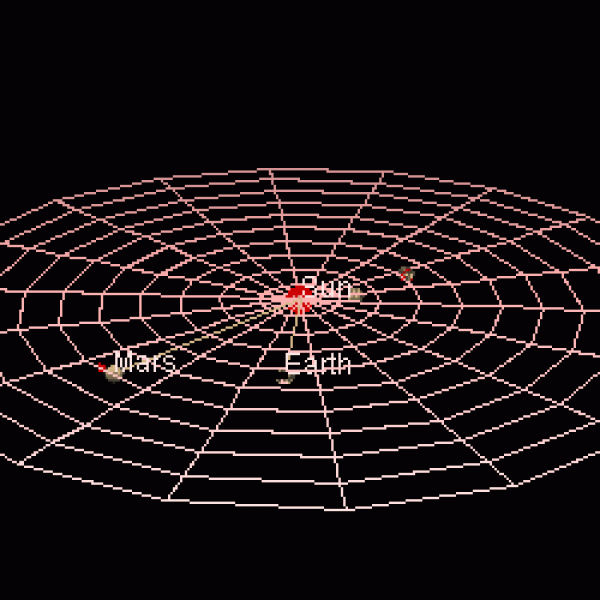|
|
|
The B-complex vitamins and vitamin C are not stored in the body and must be replaced each day.
Thyroid conditions cause a higher risk of fibromyalgia and chronic fatigue syndrome.
On average, the stomach produces 2 L of hydrochloric acid per day.
After a vasectomy, it takes about 12 ejaculations to clear out sperm that were already beyond the blocked area.
Though Candida and Aspergillus species are the most common fungal pathogens causing invasive fungal disease in the immunocompromised, infections due to previously uncommon hyaline and dematiaceous filamentous fungi are occurring more often today. Rare fungal infections, once accurately diagnosed, may require surgical debridement, immunotherapy, and newer antifungals used singly or in combination with older antifungals, on a case-by-case basis.







